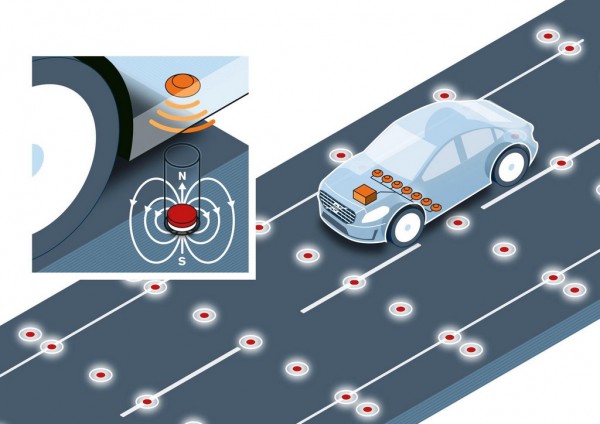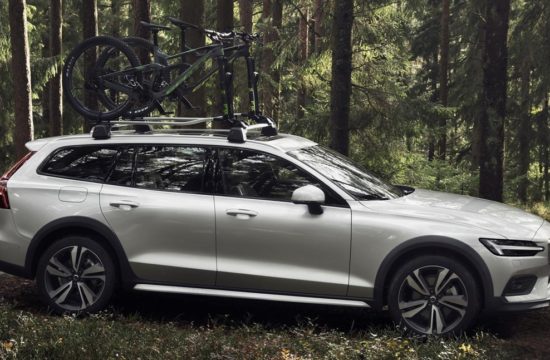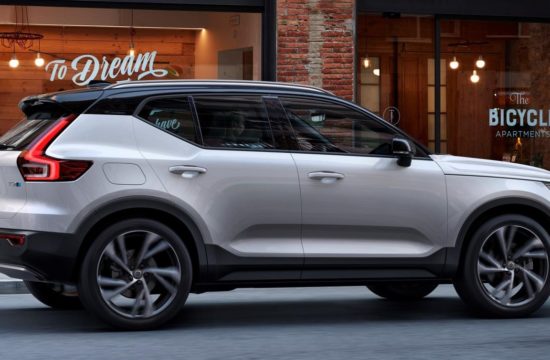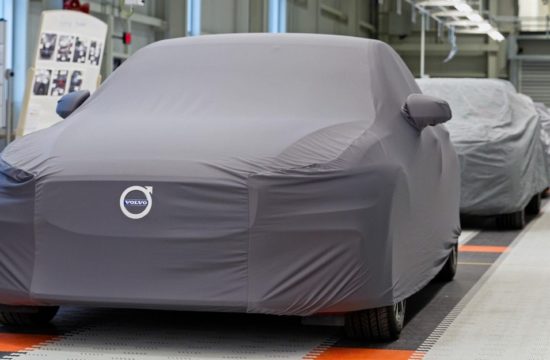In one of the most elaborate and radical tests in the history of autonomous cars, Volvo is going to modify the roads to enable self-driving cars position themselves more accurately. They are doing this using magnets in the roadway which communicate with sensors in the car.
It may sound like a bit of a faff to change the roads in order to make the self-driving cars behave themselves, but Volvo argues that it is quite reliable and results in highly accurate positioning of the vehicles. In short, it is a practical solution.
Currently, self-driving cars use a combination of GPS and cameras to determine their position on the road. They can be affected by poor weather and obstacles in the road. The road magnets, however, are immune to these conditions, and they are also very cost-effective.
To evaluate the crucial issues, such as detection range, reliability, durability, cost and the impact on road maintenance, Volvo engineers have created a 100-meter long test track at the company’s testing facilities in Hällered outside Gothenburg, Sweden. A pattern of round ferrite magnets (40×15 mm) was located 200 mm below the road surface. The car was equipped with several magnetic field sensors. The next step is to conduct tests in real-life traffic, which is a different ball game. So far though the results have been heartwarming.









